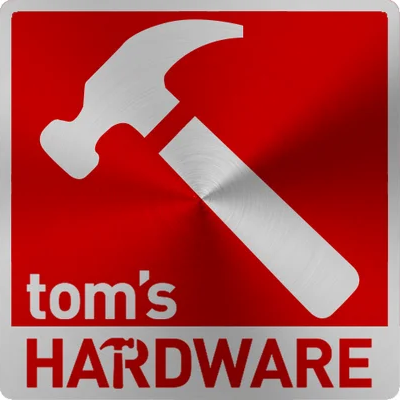Sun intros 8-core processor servers, open-sources T1 chip spec
New York (NY) - In an effort to regain ground in the global server market, Sun today made several announcements, including two "eco-friendly" servers based on the 8-core UltraSparc T1 processor: The new T1000 and T2000 servers can outpace Intel and IBM rivals, Sun claims. A new open source program is targeted to bring Linux and FreeBSD to the T1 platform.
Sun's announcement does not arrive a day too soon. The global server market is healthier than ever before, showing solid growth rates for almost any vendor and chip manufacturer participating in this field. According to IDC, factory revenues climbed by 8.1 percent year-over-year to $12.5 billion in the third quarter of this year. But the lion's share of this growth goes into IBM's, Dell's and HP's pockets. But Sun has been on a downhill slide, most recently losing 7.6 percent in its quarterly revenues year over year.
So it's no surprise the company comes out full swinging, rallying investors, analysts and journalists and spark excitement for its new architecture and products. The company claims that its new "9.6 GHz" servers will achieve, depending on the benchmark, between 70 and 400 percent more performance than competing systems. At the same time, the new systems consume only 20 percent of the power required for IBM, Dell and HP servers, Sun promises.
The 9.6 GHz claim, however, is more of a promotional nature, as Sun adds up 1.2 GHz for each of the UltraSparc T1's eight cores. Still, the processor displays specifications that are unique in the microprocessor space at this time. The T1, code-named "Niagara", is available with 4, 6 or 8 cores that are able to process up to 4 threads each - for a total of up to 32 threads. Based on Sparc's V9 architecture, the chip integrates 16 kByte instruction cache per core, 8 kByte primary data cache per core and a shared 3 MByte L2 cache. The platform supports up to four DDR2-533 interfaces.
The T1 is built into the new Sun Fire T1000 and T2000 systems - one system that especially caters to lower-consumption needs and a higher end version that offers more performance and expandability. The T1000, priced from about $3000, is a 1U, 19" deep rack server that comes only with the 1 GHz version of the T1 processor. Also included are an 80 GByte SATA drive, 8 DIMM slots and four Gbit Ethernet ports. Maximum power consumption of the system is rated at 220 watts. The T2000 is a 2U unit that is available with 1 GHz or 1.2 GHz processors, comes with sixteen DIMM slots, four Gbit Ethernet interfaces and SAS harddrive support. Priced from about $8000, the T2000 consumes a maximum of 400 watts, according to Sun.
In a separate announcement, Sun said that it plans to open-source "the UltraSparc T1 code", which primarily aims to bring new operating system support to the platform. At this time, the T1 only runs on Solaris 10; by open-sourcing parts of the architecture, the company hopes to ignite projects that will bring Linux and FreeBSD to the T1000 and T2000.
The "OpenSparc" project will be made available in the first quarter of 2006, Sun said, and "intends to significantly increase participation in processor architecture development and application design and eliminate many of the barriers to the next big build-out of the Internet." The source code will be released under an Open Source Initiative (OSI)-approved open source license, the company said.
Get Tom's Hardware's best news and in-depth reviews, straight to your inbox.
Related stories:
Sparc64 processor aims at dual-core transition in 2006
Linux servers post strong growth in Q3
Tom's Hardware is the leading destination for hardcore computer enthusiasts. We cover everything from processors to 3D printers, single-board computers, SSDs and high-end gaming rigs, empowering readers to make the most of the tech they love, keep up on the latest developments and buy the right gear. Our staff has more than 100 years of combined experience covering news, solving tech problems and reviewing components and systems.
